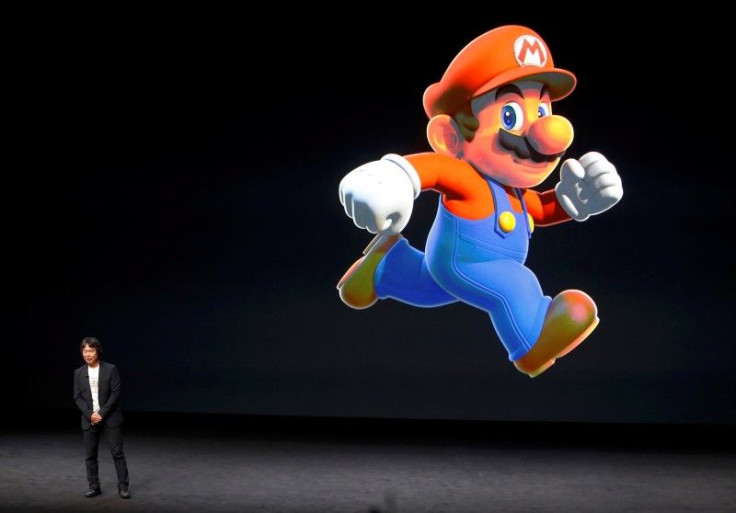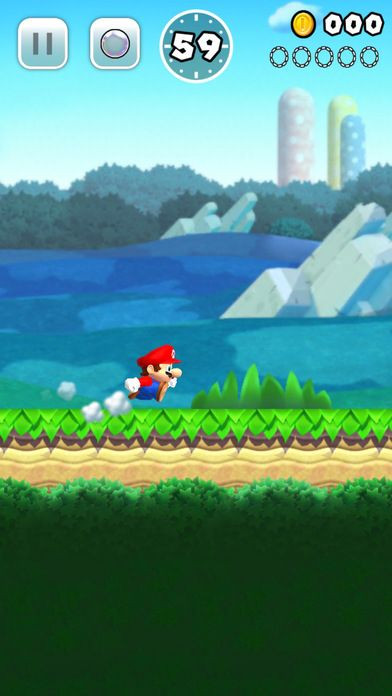'Super Mario Run': 5 Lessons Nintendo's Big iOS App Release Must Learn From 'Pokémon Go'

“Super Mario Run” is Nintendo’s first iOS app release, and it comes hot off the heels of the success, and mistakes, of “Pokémon Go.” Given the launch of its predecessor, here are five lessons that “Super Mario Run” must learn from Niantic’s monster-catching simulator.
1) Keep The Barrier To Entry Low: A huge part of the reason “Pokémon Go” mania took over the world so fast is because the base app was free. With “Super Mario Run,” however, Nintendo has elected to take a different approach. Instead, there will be a “free to start” demo followed by a one-time fee to play the whole experience.
In order to be a success, “Super Mario Run’s” demo must be meaty and its base cost no more than a few dollars. In other words, its free levels should sample some of the app’s best mechanics, and it shouldn’t cost $15 to enjoy the rest. What made “Pokémon Go” stick was that it could be an instant, impulse download. The same can be true of “Super Mario Run” if it’s fun and under $5.
2) Provide Steady Updates: In terms of keeping people interested, “Pokémon Go” has actually been managed fairly well. Since release, there’s been a steady stream of updates that add features that change the game in small but significant ways. The Buddy System that’s taking the Internet by storm right now is a good example of this.
For something like “Super Mario Run,” the main way to keep people engaged is to add more courses that bring increased value to that one-time fee. Leverage holidays, anniversaries and other Nintendo game releases to introduce themed levels or level packs. While it shouldn’t be done immediately, Nintendo could even start charging for courses once players feel good about what’s being offered. Free or not, updates bring people back.
3) Be Transparent: As huge as “Pokémon Go” is, one of its biggest missteps is a lack of transparency in the face of issues. In the past, when features were removed, bugs persisted or players were banned, it was nearly impossible to get support from anyone. That silence is sort of par for the course with a smaller team like Niantic, but it’d be doubly offensive for Nintendo.

If there are any lingering problems with “Super Mario Run” after its release, there needs to be a swift and obsessively loud response to it. If players don’t feel heard, they’ll go back to playing the millions of other games that kept them occupied long before Nintendo showed up.
4) Feature A Truly Addicting Hook: For all its faults and bugs, “Pokémon Go” has managed to keep trainers training because its basic catch-and-find hook is so addictive. The platforming of “Super Mario Run” will almost assuredly be solid, but there has to be something else for players to work for beyond completing courses.
From what we know, Nintendo intends to add depth to its app by way of a mode called Toadstool Rally and a customizable Mushroom Kingdom that can be augmented by coins gathered in levels. The former mode is a multiplayer option that allows competitors and friends to race through levels. These are both solid concepts, but they must be designed with a structure that’s just rewarding enough to constantly rope us in.
5) Make Sure Internet Features Work: “Pokémon Go” suffered from massive server outages at release, and those problems still occasionally continue today. Given that Toadstool Rally has networking functions as well, it can’t be overstated that they have to be working perfectly at launch.
The competition of racing friends could bring a lot more lasting appeal to this app than running through courses alone ever could. If those options don’t work on day one, people might get the impression that “Super Mario Run” is more content-light than it actually is. Also, because “Super Mario Run” isn’t an online-only game, downloaders may be less inclined to keep trying to see if its multiplayer functions improve with time. With that in mind, a great first impression must be made.
“Super Mario Run” comes to iOS in December and Android in 2017.
What do you think “Super Mario Run” should learn from “Pokémon Go?” Are they too different to compare? Tell us in the comments section!
© Copyright IBTimes 2025. All rights reserved.




















